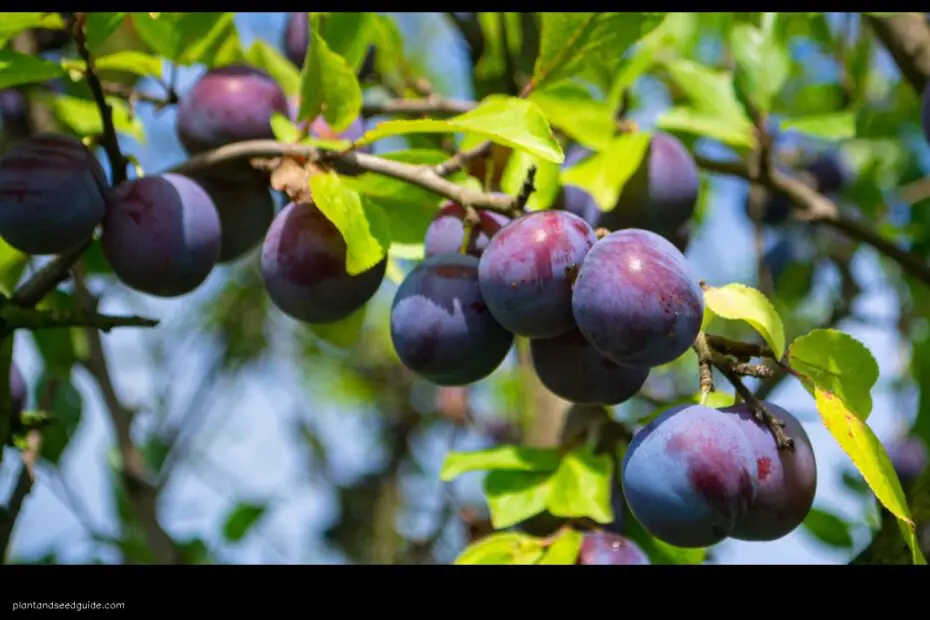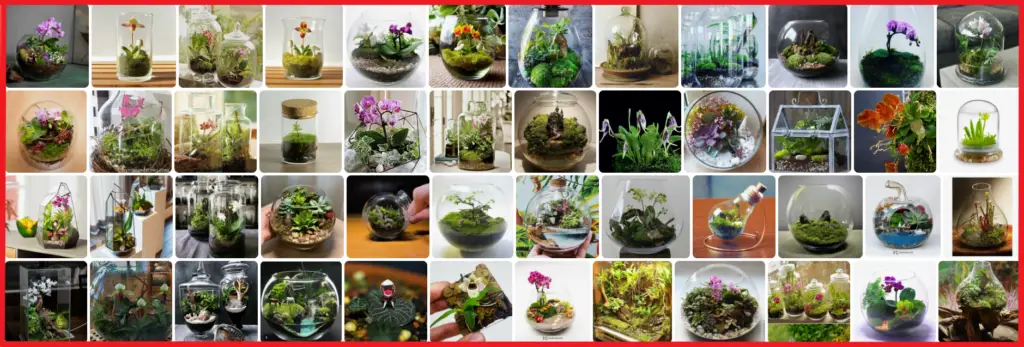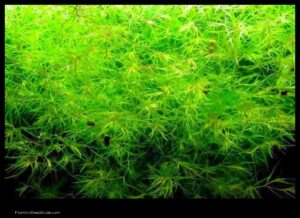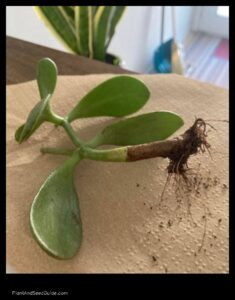Black plum trees are a type of fruit tree that produces dark purple plums.
Black plum trees are easy to grow and care for, and they produce a large crop of plums each year.They are native to China and Japan, but are now grown in many parts of the world..
If you are looking for a place to buy a black plum tree, there are a few different options available. You can purchase a tree from a nursery, online, or from a private seller. When choosing a tree, be sure to select one that is healthy and vigorous.
Black Plum Tree for Gardeners
Black plum trees are relatively inexpensive, and they can be a great addition to any home garden. They are a beautiful tree that produces delicious fruit, and they are relatively easy to care for.
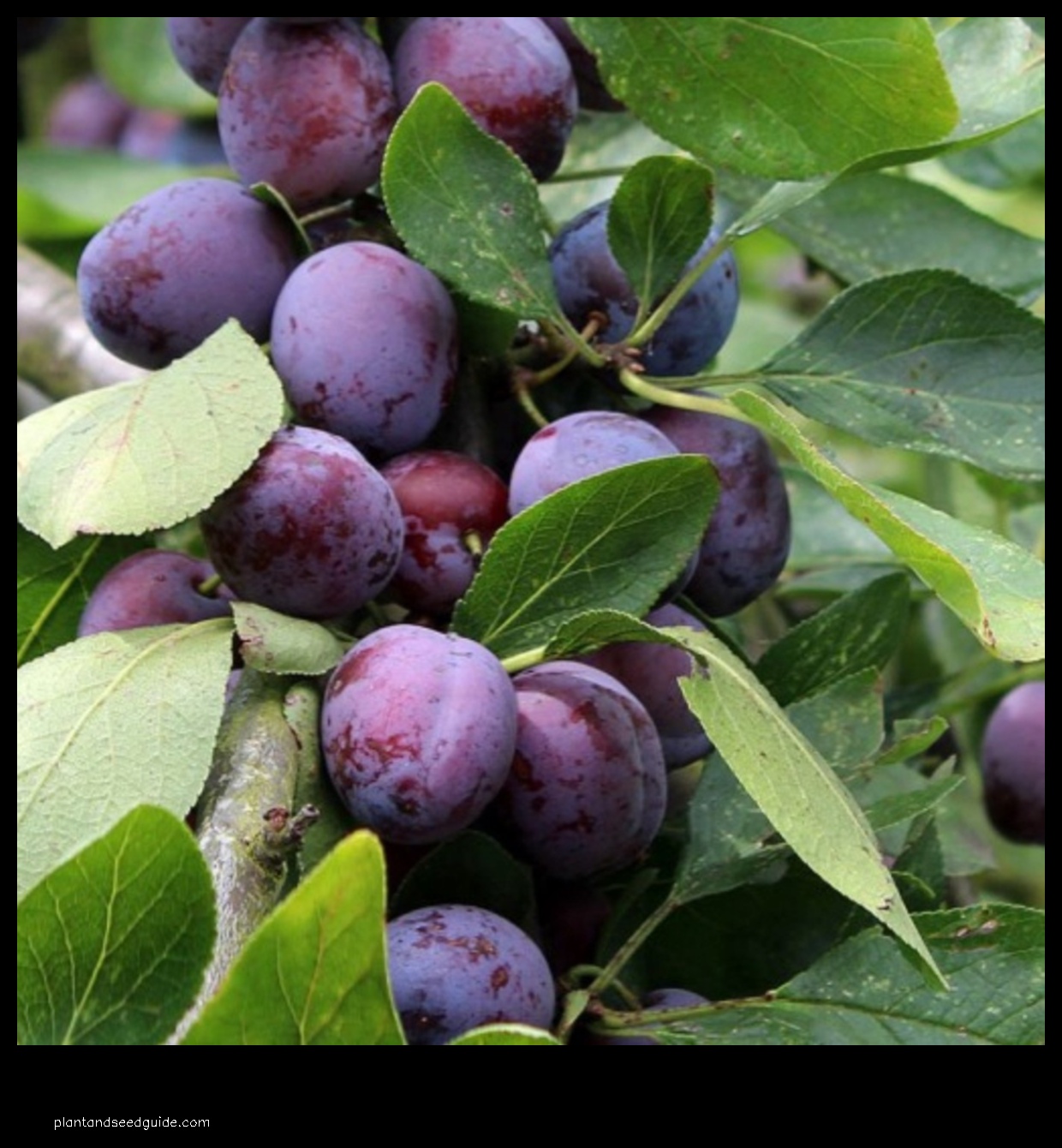
Benefits of Black Plum Trees
- Black plum trees are beautiful and add a touch of elegance to any landscape.
- Black plum trees produce a large crop of delicious plums.
- Black plum trees are relatively easy to grow and care for.
- Black plum trees are resistant to pests and diseases.

Types of Black Plum Trees
There are many different types of black plum trees available. Some of the most popular varieties include:
- Santa Rosa plum
- Italian prune plum
- Stanley plum
- Crimson Beauty plum
- Prune plum
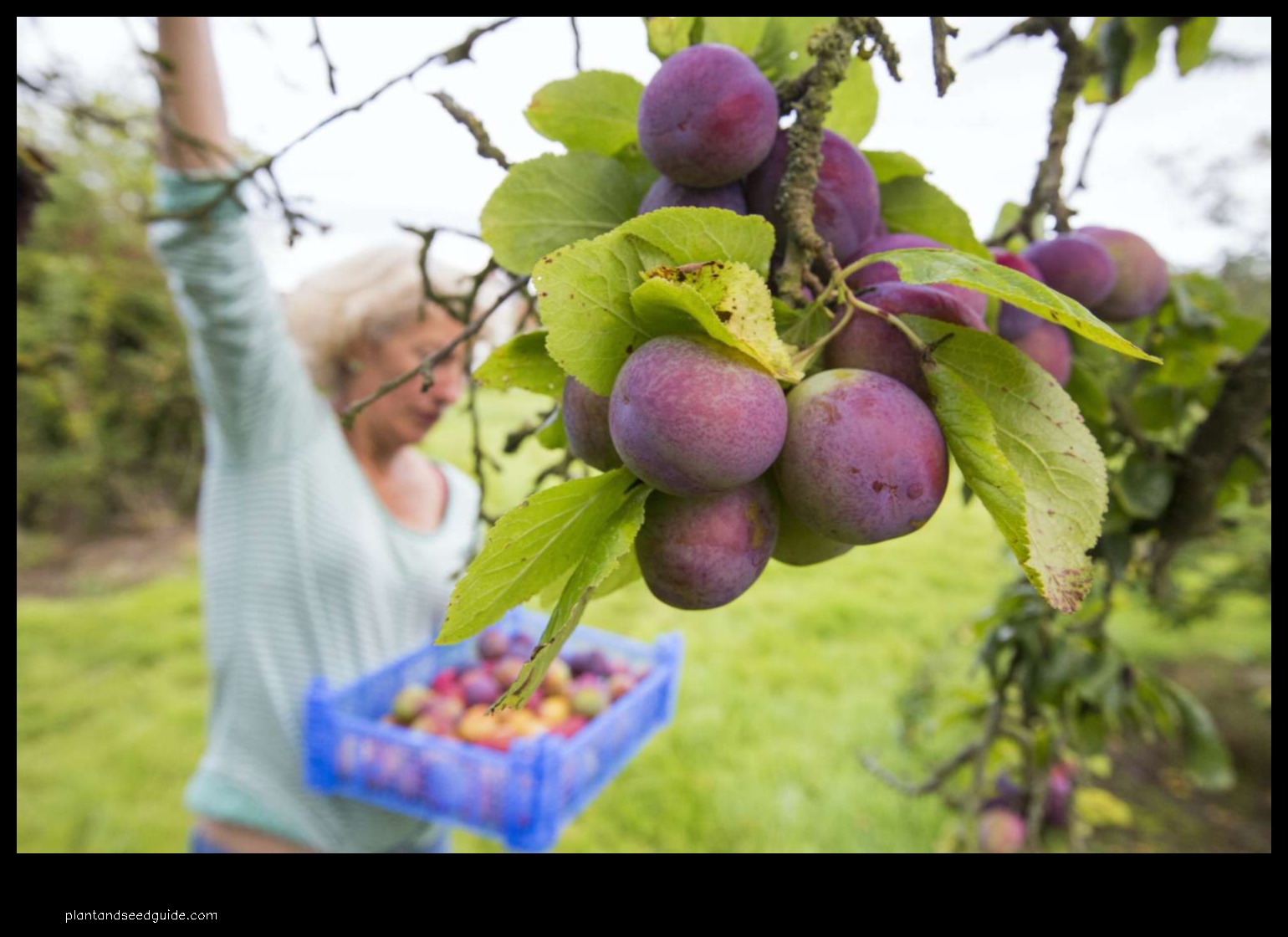
How to Grow a Black Plum Tree
Black plum trees are relatively easy to grow. Here are a few tips for growing a successful black plum tree:
- Choose a sunny location with well-drained soil.
- Plant the tree in early spring or fall.
- Water the tree regularly, especially during dry periods.
- Fertilize the tree in early spring and fall.
- Prune the tree as needed to maintain a healthy shape.
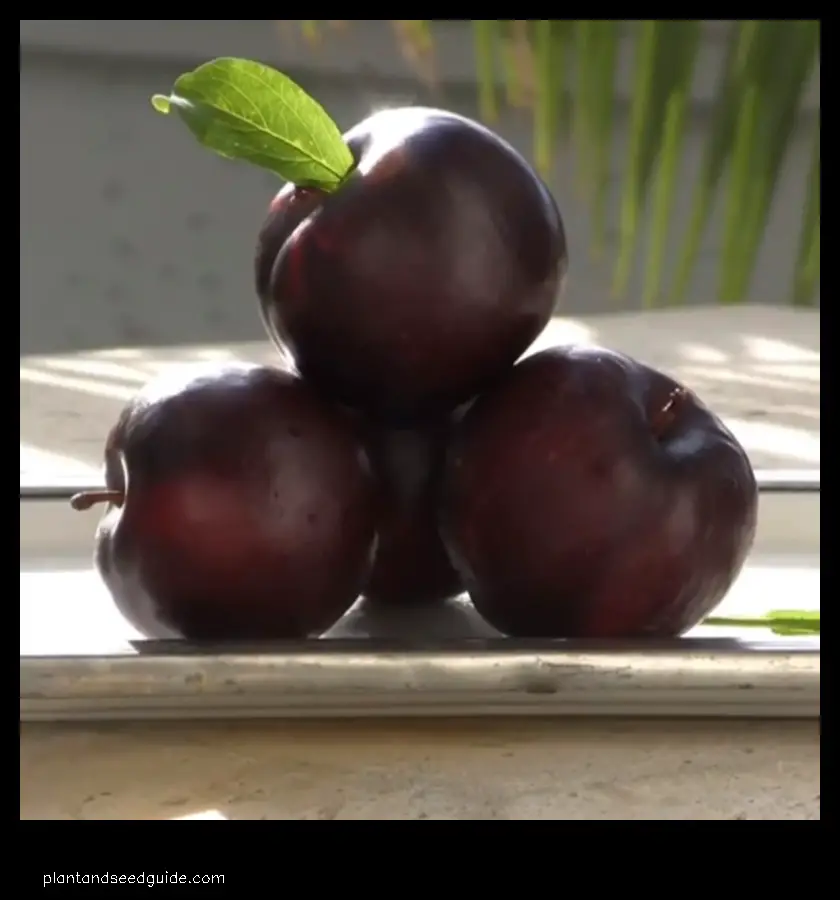
Caring for a Black Plum Tree
Black plum trees are relatively low-maintenance, but there are a few things you can do to keep your tree healthy and productive.
- Water the tree regularly, especially during dry periods.
- Fertilize the tree in early spring and fall.
- Prune the tree as needed to maintain a healthy shape.
- Protect the tree from pests and diseases.
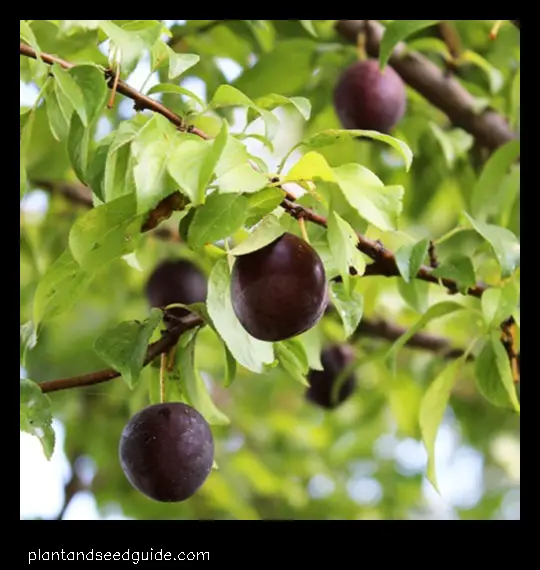
Harvesting Black Plums
Black plums are ripe when they are soft and plump, and they have a deep purple color. The best time to harvest black plums is in late summer or early fall.
To harvest black plums, simply pick them from the tree. Be sure to wear gloves, as the sap from black plums can stain your skin.
Once you have harvested your black plums, you can store them in the refrigerator for up to a week. You can also freeze black plums for later use.
Pests and Diseases of Black Plum Trees
Black plum trees are susceptible to a number of pests and diseases. Some of the most common problems include:
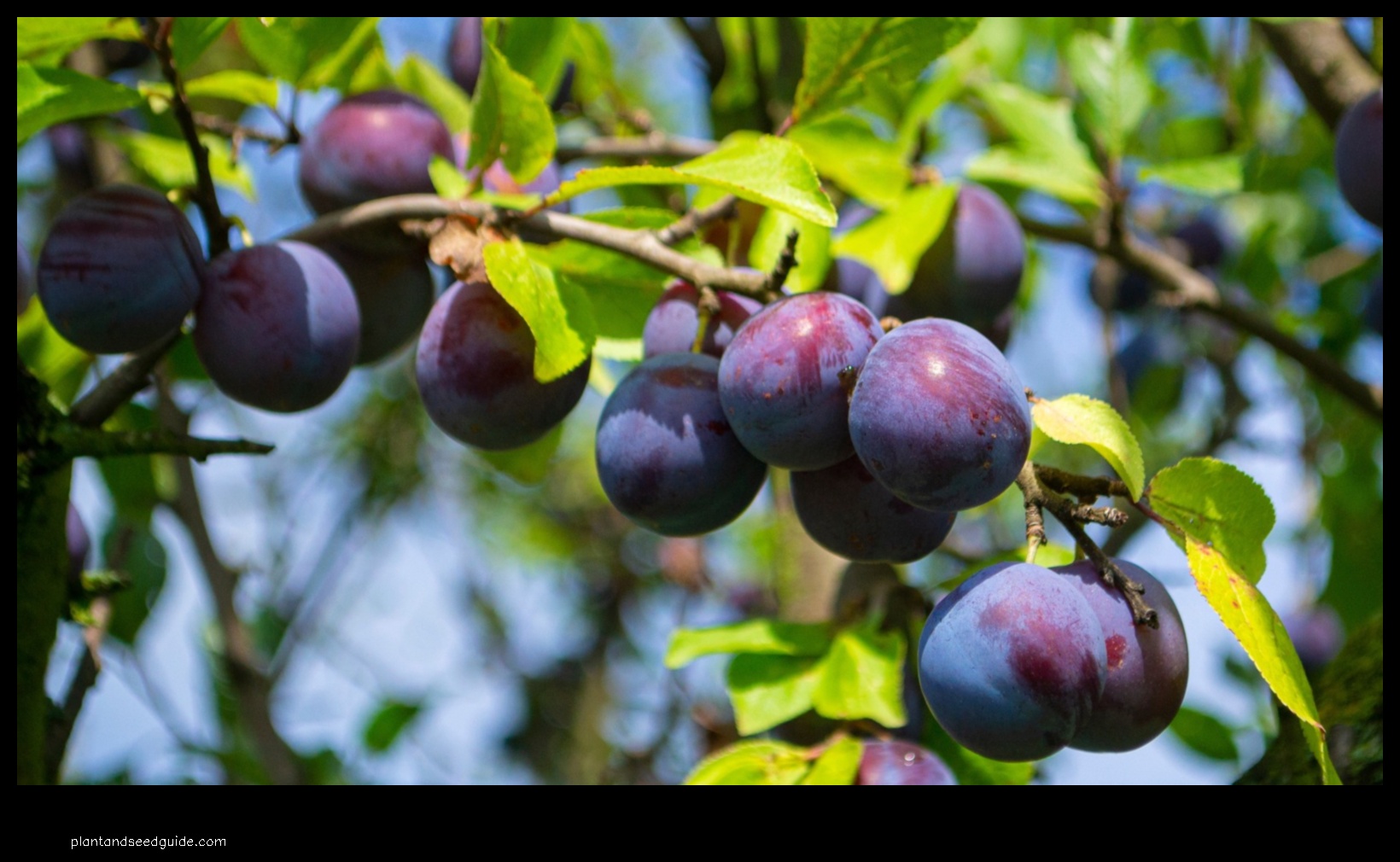
- Plum curculio
- Plum borer
- Powdery mildew
- Bacterial spot
If you suspect that your black plum tree is infected with a pest or disease, you should consult with a qualified arborist.
Propagation of Black Plum Trees
Black plum trees can be propagated by seed, grafting, or budding.
- Seed propagation is the most common method, but it is not always successful.
- Grafting and budding are more successful methods of propagation, but they require more skill and experience.
Where to Buy Black Plum
| Feature | Answer |
|---|---|
| Black plum tree for sale | You can find black plum trees for sale at a variety of online retailers and garden centers. |
| Plum tree | Plum trees are deciduous trees that produce edible fruit. They are native to Europe, Asia, and North America. |
| Fruit tree | Fruit trees are trees that produce fruit. They are a type of woody plant that bears fruit that is edible by humans. |
| Gardening | Gardening is the practice of growing plants for food, beauty, or other purposes. It is a hobby enjoyed by people of all ages and skill levels. |
| Home improvement | Home improvement is the process of improving the condition of a home. It can include tasks such as painting, remodeling, and landscaping. |
Benefits of Black Plum Trees
Black plum trees offer a number of benefits, including:
- They are a beautiful addition to any landscape, with their dark green leaves and purple fruit.
- They produce delicious fruit that can be eaten fresh, dried, or used in jams and jellies.
- Black plum trees are relatively easy to grow and care for.
- They are resistant to a number of pests and diseases.
Types of Black Plum Trees
There are many different types of black plum trees, each with its own unique characteristics. Some of the most popular types include:
- Japanese plum trees (Prunus salicina)
- American plum trees (Prunus americana)
- European plum trees (Prunus domestica)
- Chinese plum trees (Prunus mume)
- Santa Rosa plum trees (Prunus cerasifera)
These trees vary in size, shape, and fruit production. They can be grown in a variety of climates, and they are all relatively easy to care for.
When choosing a black plum tree, it is important to consider the climate in your area, the amount of space you have, and your desired fruit production.
For more information on the different types of black plum trees, please visit the following resources:
How to Grow a Black Plum Tree
Black plum trees are relatively easy to grow, but there are a few things you need to know to ensure that your tree is healthy and productive.
First, choose a site that receives full sun and has well-drained soil. Black plum trees do not tolerate wet feet, so make sure that the soil is able to drain away excess water.
Once you have chosen a site, prepare the soil by digging a hole that is twice the width and depth of the root ball of your tree. Mix some compost or organic matter into the soil to improve drainage and fertility.
Carefully remove your tree from the container and place it in the hole. Backfill the hole with soil, tamping it down firmly. Water your tree well to settle the soil and encourage root growth.
Black plum trees need regular watering, especially during dry periods. Mulch around the base of your tree to help retain moisture and suppress weeds.
Fertilize your tree in early spring with a balanced fertilizer. You may also want to fertilize your tree again in late summer or early fall.
Black plum trees are susceptible to a number of pests and diseases, including aphids, plum curculios, and black knot. Be sure to monitor your tree for signs of pests and diseases and treat them accordingly.
With proper care, your black plum tree will produce delicious fruit for many years to come.
Caring for a Black Plum Tree
Black plum trees are relatively easy to care for, but there are a few things you can do to ensure that your tree is healthy and productive.
Here are some tips for caring for a black plum tree:
- Water your tree regularly, especially during dry spells.
- Fertilize your tree in the spring and fall.
- Prune your tree to remove dead or diseased branches.
- Protect your tree from pests and diseases.
By following these tips, you can help your black plum tree to thrive and produce delicious fruit for years to come.
Harvesting Black Plums
Black plums are ripe and ready to harvest when they are soft and have a deep purple color. The skin should be smooth and glossy, and the flesh should be firm and juicy. To harvest black plums, simply pick them from the tree. Be sure to wear gloves, as the sap from black plums can stain your hands.
Once you have harvested your black plums, you can store them in the refrigerator for up to two weeks.
To freeze black plums, simply wash them and remove the pits. Then, place the plums in a single layer on a baking sheet and freeze them for several hours. Once the plums are frozen solid, you can transfer them to a freezer bag or container.You can also freeze them for longer storage..
Black plums can be eaten fresh, or they can be used in a variety of recipes. Some popular recipes for black plums include:
- Black plum pie
- Black plum jam
- Black plum chutney
- Black plum sorbet
- Black plum crumble
Black plums are a delicious and nutritious fruit that can be enjoyed in a variety of ways. So next time you see a black plum tree, be sure to pick some and enjoy them!
Pests and Diseases of Black Plum Trees
Black plum trees are susceptible to a number of pests and diseases, including:
- Aphids
- Bacterial spot
- Powdery mildew
- Plum curculio
- Plum rust
- Scab
Aphids are small, sap-sucking insects that can cause damage to black plum trees by feeding on the leaves and young shoots. They can also transmit diseases to the tree. Bacterial spot is a fungal disease that causes dark, sunken spots on the leaves of black plum trees.
owdery mildew is a fungal disease that causes a white, powdery growth on the leaves and fruit of black plum trees. Plum curculio is a beetle that feeds on the fruit of black plum trees, causing them to become scarred and unmarketable. Plum rust is a fungal disease that causes orange or brown spots on the leaves of black plum trees. Scab is a fungal disease that causes raised, scab-like lesions on the fruit of black plum trees.
To prevent and control pests and diseases on black plum trees, you can take the following steps:
- Prune the tree to remove any diseased or damaged branches.
- Keep the area around the tree free of weeds and debris.
- Water the tree regularly, but do not overwater it.
- Apply pesticides and fungicides according to the directions on the label.
If you are unsure of how to identify or treat a pest or disease on your black plum tree, you should consult with a qualified arborist or horticulturalist.
Propagation of Black Plum Trees
Black plum trees can be propagated by seed, grafting, or layering.
Seed propagation is the most common method, but it can be time-consuming and difficult. Black plum seeds need to be stratified for several months before they can be planted. Once the seeds have been stratified, they can be planted in a well-drained soil in a sunny location. The seedlings will need to be watered regularly and protected from frost.
Grafting is a faster and more reliable method of propagation. Grafting involves taking a bud from a mature black plum tree and attaching it to a rootstock. The rootstock is a young tree that has been grown from seed. The bud will eventually grow into a new tree that is genetically identical to the mature tree.
Layering is a third method of propagation that is similar to grafting.
The branch is then covered with soil and allowed to root. Once the branch has rooted, it can be cut from the parent tree and transplanted to a new location.Layering involves taking a branch from a mature black plum tree and bending it down to the ground..
Black plum trees can also be propagated by air layering. Air layering involves making a cut in the bark of a branch and covering the cut with moist sphagnum moss. The moss will help to create a new root system for the branch. Once the branch has rooted, it can be cut from the parent tree and transplanted to a new location.
Where to Buy Black Plum Trees
Black plum trees can be purchased from a variety of sources, including online retailers, nurseries, and garden centers. When choosing a black plum tree, it is important to consider the size of the tree, the climate in which it will be grown, and the desired fruit quality.
Online retailers offer a wide variety of black plum trees, and they often have the best prices. However, it is important to be aware of the shipping costs when ordering a tree online.
Nurseries and garden centers typically carry a limited selection of black plum trees, but they can provide more information about the trees and their care. It is also possible to find black plum trees at farmers markets or other local growers.
When choosing a black plum tree, it is important to consider the following factors:
- Size: Black plum trees can grow to be very large, so it is important to choose a tree that will fit in the desired location.
- Climate: Black plum trees are hardy in USDA zones 5-9, but they will perform best in warm, sunny climates.
- Fruit quality: Black plums are known for their sweet, juicy flavor. When choosing a tree, it is important to consider the desired fruit quality.
By following these tips, you can choose the perfect black plum tree for your garden.
FAQ
Q: What are the benefits of growing a black plum tree?
A: Black plum trees are a great addition to any garden. They are beautiful, produce delicious fruit, and are relatively easy to care for. Black plums are a good source of vitamins and minerals, and they can be used in a variety of recipes.
Q: What are the different types of black plum trees?
A: There are many different types of black plum trees, each with its own unique characteristics. Some of the most popular types include the Santa Rosa plum, the Italian prune plum, and the Damson plum.
Q: How do I grow a black plum tree?
A: Growing a black plum tree is relatively easy. You will need to choose a sunny location with well-drained soil. The tree will need to be watered regularly, especially during dry periods. You will also need to fertilize the tree every few months.
- Wild Rose Country: Exploring Untamed Beauty - July 15, 2024
- Wildflower Nursery Decor: Bringing Nature Indoors - July 15, 2024
- Young Sprout of Grass: Nurturing New Life - July 15, 2024
